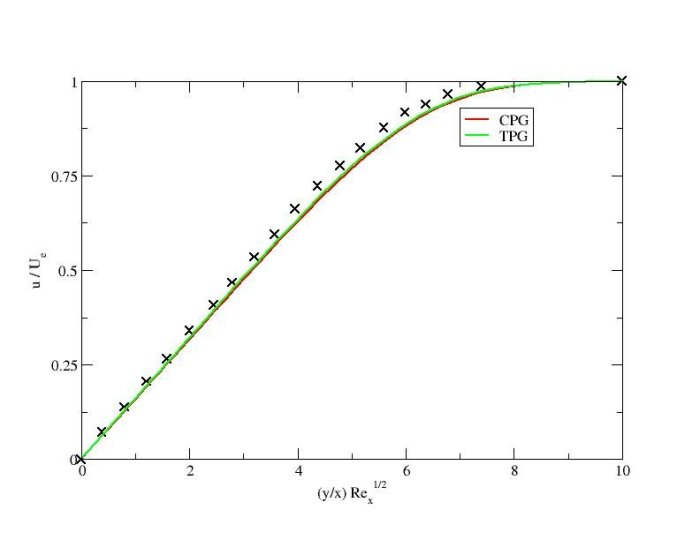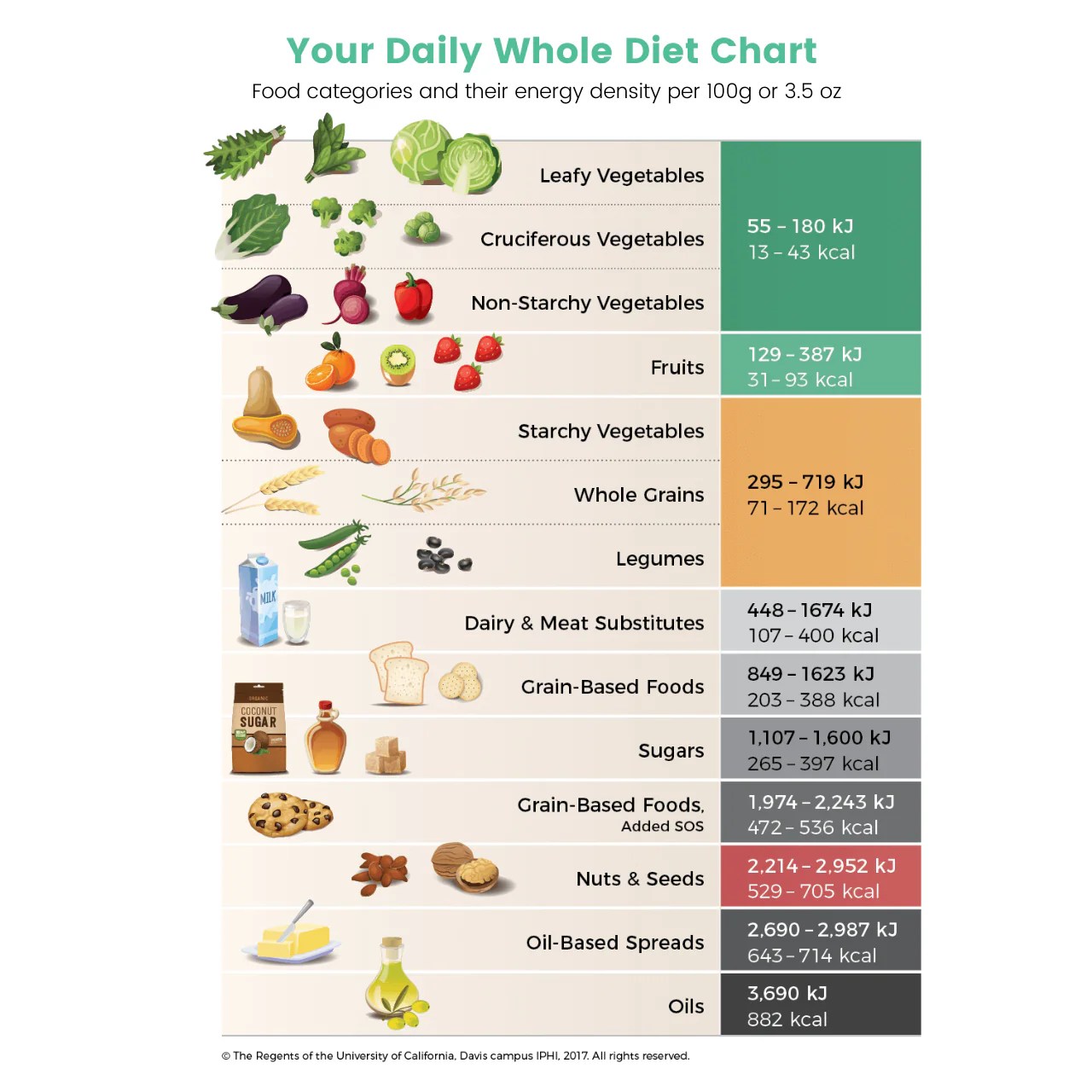Calorically dense 20-35 of caloric budget – Understanding calorically dense foods and their role in a balanced diet is crucial. This discussion delves into the concept of calorically dense foods, emphasizing the significance of allocating 20-35% of caloric budget to these nutrient-rich options. By exploring the nutritional value, benefits, and practical meal planning strategies, we aim to empower individuals to make informed choices that support their health and well-being.
Calorically dense foods provide a concentrated source of energy and essential nutrients, making them a valuable component of a healthy diet. Examples include nuts, seeds, avocados, and olive oil. Incorporating these foods into meals can help individuals meet their daily nutrient requirements and support optimal body function.
Calorically Dense Foods
Calorically dense foods are foods that provide a high number of calories per unit weight or volume. They are typically rich in fat and carbohydrates, and can include foods such as nuts, seeds, oils, butter, and processed snacks.
Calorically dense foods can be a good source of energy, but they should be consumed in moderation as they can be high in calories and low in nutrients.
Nutritional Value of Calorically Dense Foods
- High in calories
- High in fat
- High in carbohydrates
- Low in protein
- Low in fiber
- Low in vitamins and minerals
Caloric Budget
A caloric budget is a plan that sets a daily limit on the number of calories a person can consume. Caloric budgets are often used for weight loss or weight management, but they can also be used for weight gain or to maintain a healthy weight.
How to Calculate Caloric Budget
- Determine your basal metabolic rate (BMR). This is the number of calories your body needs to function at rest.
- Multiply your BMR by your activity level. This will give you your total daily energy expenditure (TDEE).
- Subtract your TDEE from your caloric goal. This will give you your caloric budget.
Tips for Sticking to a Caloric Budget
- Set realistic goals.
- Track your calories.
- Make healthy choices.
- Stay hydrated.
- Get enough sleep.
- Be patient and persistent.
20-35% of Caloric Budget

Allocating 20-35% of your caloric budget to calorically dense foods can help you reach your weight loss or weight management goals.
Benefits of Allocating 20-35% of Caloric Budget to Calorically Dense Foods
- Increased energy levels
- Improved satiety
- Reduced cravings
- Boosted metabolism
Sample Meal Plan, Calorically dense 20-35 of caloric budget
| Meal | Calories | Calorically Dense Foods |
|---|---|---|
| Breakfast | 300 | 1 cup oatmeal, 1/2 cup berries, 1/4 cup nuts |
| Lunch | 400 | 1 cup soup, 1/2 cup sandwich, 1 apple |
| Dinner | 500 | 1 cup grilled chicken, 1 cup brown rice, 1 cup vegetables |
| Snacks | 200 | 1/2 cup yogurt, 1/4 cup trail mix |
| Total | 1400 | 35% |
Meal Planning: Calorically Dense 20-35 Of Caloric Budget

Meal planning is an important part of any weight loss or weight management plan. By planning your meals ahead of time, you can make sure that you are eating healthy and nutritious foods that fit within your caloric budget.
Tips for Incorporating Calorically Dense Foods into Meals
- Add calorically dense foods to your meals as snacks.
- Use calorically dense foods as a base for your meals.
- Add calorically dense foods to your meals as toppings.
- Make calorically dense foods a part of your regular diet.
Meal Plan with Calorically Dense Foods
| Meal | Calories | Calorically Dense Foods |
|---|---|---|
| Breakfast | 300 | 1 cup oatmeal, 1/2 cup berries, 1/4 cup nuts |
| Lunch | 400 | 1 cup soup, 1/2 cup sandwich, 1 apple |
| Dinner | 500 | 1 cup grilled chicken, 1 cup brown rice, 1 cup vegetables |
| Snacks | 200 | 1/2 cup yogurt, 1/4 cup trail mix |
| Total | 1400 | 35% |
Health Considerations

Consuming calorically dense foods in moderation is generally safe for most people. However, there are some health considerations to keep in mind.
How to Consume Calorically Dense Foods in a Healthy Way
- Choose calorically dense foods that are also nutrient-rich.
- Eat calorically dense foods in moderation.
- Avoid eating calorically dense foods late at night.
- If you have any health concerns, talk to your doctor before making any changes to your diet.
Tips for Avoiding Overconsumption of Calorically Dense Foods
- Be aware of your hunger cues.
- Eat slowly and mindfully.
- Avoid eating calorically dense foods when you are stressed or bored.
- If you do overeat, don’t beat yourself up. Just get back on track with your healthy eating plan the next day.
Essential Questionnaire
What are calorically dense foods?
Calorically dense foods are those that provide a high number of calories per gram. They are typically rich in fat, protein, and/or carbohydrates.
Why is it important to include calorically dense foods in my diet?
Calorically dense foods can help you feel full and satisfied after eating, which can help you control your calorie intake. They can also provide essential nutrients that are important for your health.
How much of my caloric budget should I allocate to calorically dense foods?
It is generally recommended to allocate 20-35% of your caloric budget to calorically dense foods.
What are some examples of calorically dense foods?
Some examples of calorically dense foods include nuts, seeds, avocados, olive oil, and cheese.